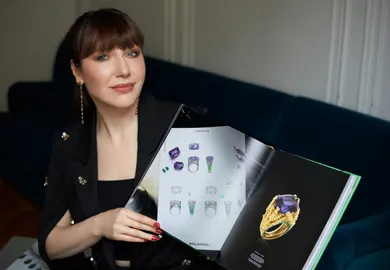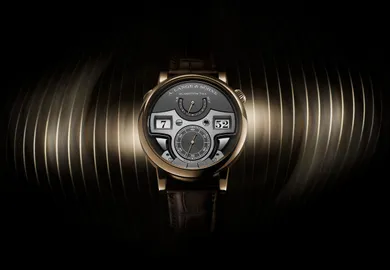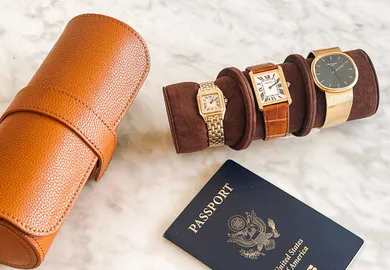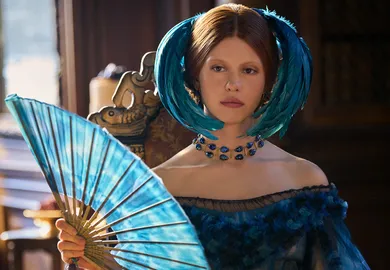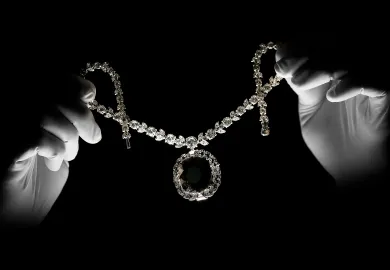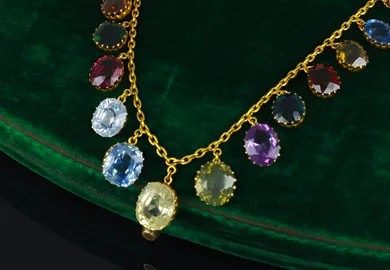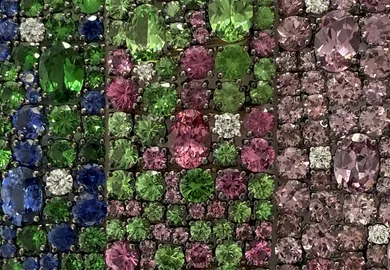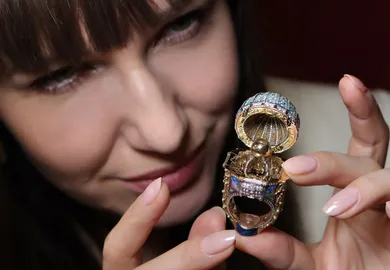

Know Your Jewels: 5 Historical Jewellers With Distinctive Style
The 20th Century was a prolific time for jewellery design as accessories became an essential in one’s wardrobe. Moreover, women of a high societal standing preferred not to be seen wearing the same jewel twice, which also created a hunger for a variety of designs that would allow one to stand out. Among all the jewellers who adorned their discerning clientele with precious stones during the post-war period, only a few developed their personal style that was instantly recognisable. In this article, I want to take a look at five of the most iconic jewellery designers who continue to be an inspiration and reference point even for contemporary jewellers.
Suzanne Belperron
This story is available to Katerina Perez Club members.
Monthly access
Unlock Club features
£15/month
Billed monthly. Cancel anytime*
Annual access
Unlock Club Features
and save 13% on membership
£13/month
Billed annualy. Cancel any time*
All Membership Features
- Access to exclusive articles
- Daily bite-size news in Jewellery Chronicles
- Jewellery Calendar of events across the globe
- Curated list of articles from 50 other platforms
- Invites to online and offline KP Club events
- Receive Monthly Newsletter
- Save articles and Images into favourites
Already have an Account?
